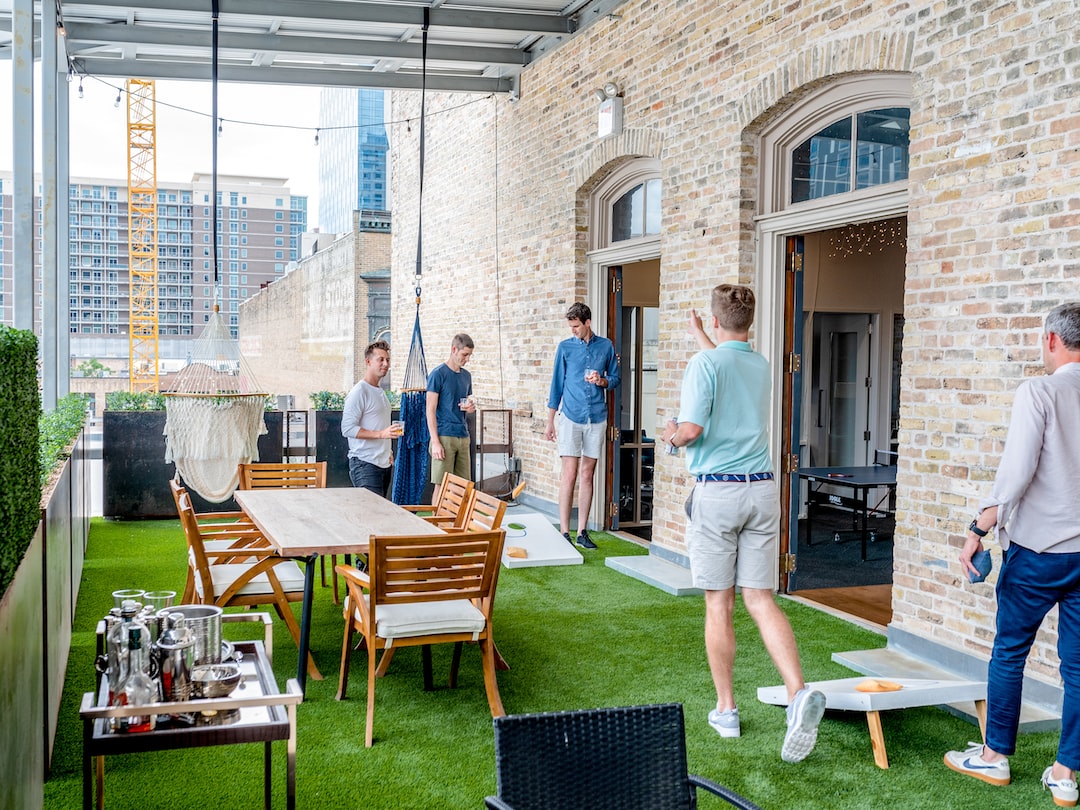
Encouraging active transportation and reducing traffic in your community
Share0Encouraging active transportation and reducing traffic in your community has numerous benefits, both for individuals and for the community as a whole. Active transportation refers to any mode of human-powered transportation, such as walking, cycling, rollerblading, or scootering. There are various strategies that communities can employ to promote active transportation and reduce traffic.
Firstly, building or improving infrastructure such as bike lanes, pedestrian pathways, and crosswalks can encourage active transportation. Creating safe and convenient routes for active transportation users can help alleviate traffic on roads and reduce the number of vehicles on the road. In addition, traffic-calming measures such as roundabouts, speed bumps, and chicanes can help slow down motorists and improve safety for active transportation users.
Secondly, promoting public transportation as an alternative to individual car use can also reduce traffic. Offering reduced fares, more frequent service, and expanding the routes can encourage more people to use public transport, thereby reducing their reliance on individual cars. This approach has the added benefit of reducing the environmental impacts of car use on the community, such as air pollution and greenhouse gas emissions.
Thirdly, encouragement programs and initiatives can help promote active transportation among community members. For example, community-wide challenges that encourage individuals to walk or cycle more often can be implemented. These challenges can include incentives such as gift cards, discounts, or other prizes to encourage participation. In addition, community campaigns that promote the benefits of active transportation, such as improved health and well-being, can also help to increase the number of active transportation users.
Fourthly, encouraging active transportation and reducing traffic can also be accomplished through legislation such as implementing congestion pricing, where drivers pay a fee to enter congested areas during peak hours. This approach can incentivize drivers to consider alternate modes of transportation or travel during off-peak hours, which can help reduce traffic congestion.
Finally, community planning and design can help to promote active transportation and reduce traffic. The design of communities that are more walkable, bikeable, and pedestrian-friendly can encourage people to use active transportation. This may include mixed-use developments, which blend residential, commercial, and institutional spaces, thereby reducing the need for individual car use. Furthermore, planning for green spaces such as parks, trails, and other recreational areas can help promote active transportation, providing safe avenues for people to walk, run or cycle.
In conclusion, promoting active transportation and reducing traffic can bring numerous benefits, ranging from improved air quality and reduced carbon emissions to improved public health and decreased traffic fatalities. Strategies for active transportation promotion include building and improving infrastructure, promoting public transportation, creating encouragement programs, enacting legislation, and community planning and design. By coming together as a community, we can work towards creating sustainable mobility solutions that benefit everyone.
